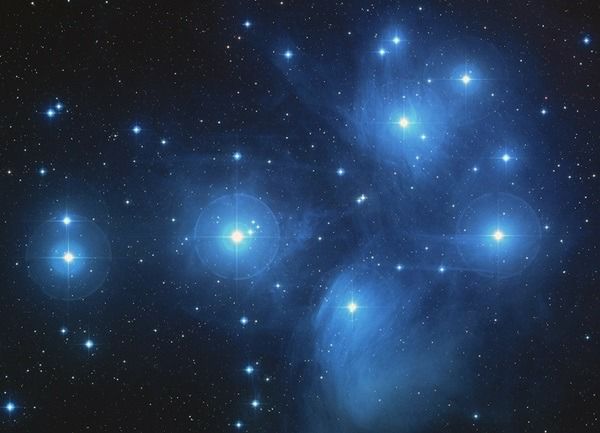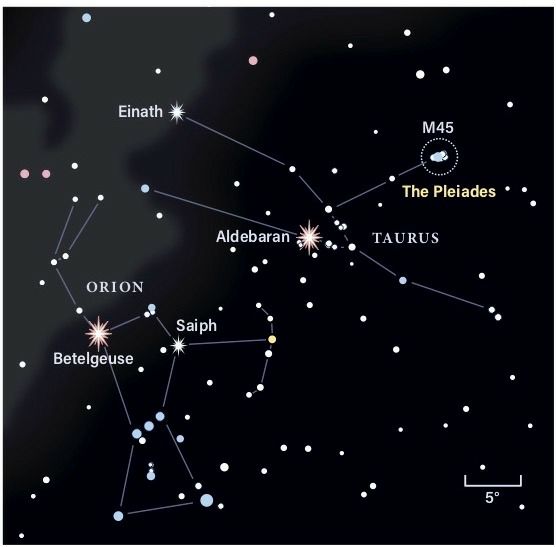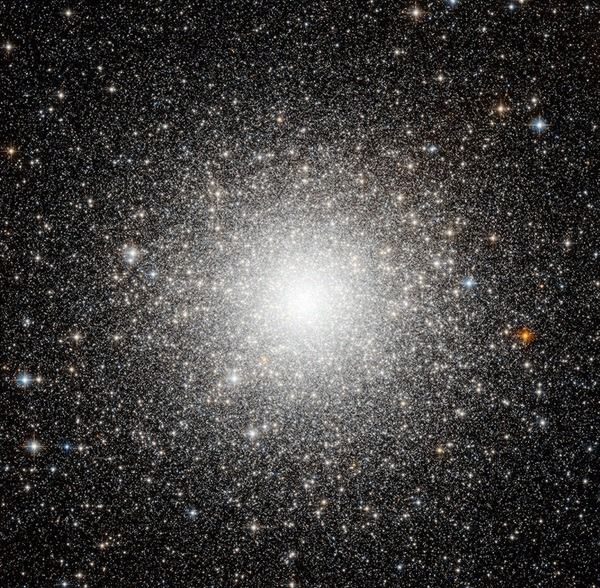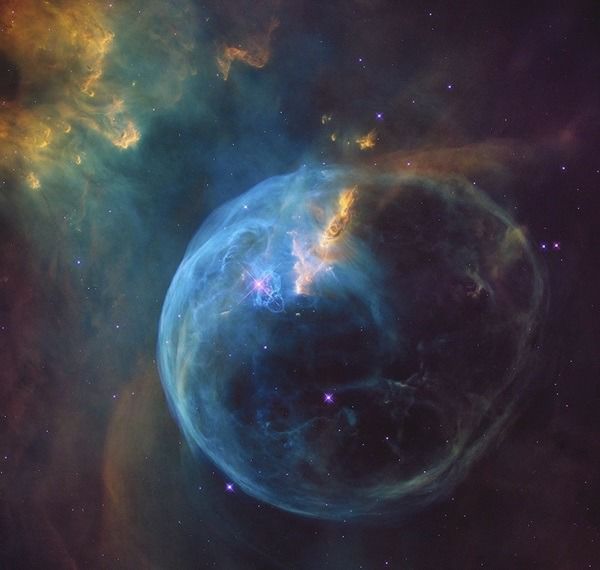The Beginning to the End of the Universe: Our solar system’s origin.
The universe is vast, mysterious, and endlessly fascinating. From the tiniest subatomic particles to the largest galaxies, there is much to discover and explore. Our solar system, which includes the sun, eight planets, and a variety of smaller celestial bodies, is just a small part of this vast cosmic expanse. However, understanding the origin of our solar system can provide valuable insights into the larger workings of the universe.
The most widely accepted theory of the origin of the solar system is the nebular hypothesis. This theory proposes that our solar system began as a cloud of gas and dust called a nebula. Over time, this cloud began to collapse under the force of its own gravity. As it contracted, it began to spin faster and faster, forming a flat, spinning disk known as a protoplanetary disk.
Within this disk, small grains of dust began to stick together through a process called accretion. These small clumps of dust eventually grew into larger bodies, which in turn collided and merged to form even larger objects. Eventually, these objects grew into the planets, moons, asteroids, and comets that make up our solar system today.
The process of planet formation is complex and involves a variety of factors, including the distance from the sun, the size and composition of the planet, and the influence of other celestial bodies. For example, the rocky planets closest to the sun, Mercury, Venus, Earth, and Mars, are thought to have formed from small, solid particles that could withstand the heat and pressure close to the sun. The gas giants, Jupiter, Saturn, Uranus, and Neptune, on the other hand, are thought to have formed further out in the solar system where temperatures were lower, allowing them to accumulate large amounts of gas and ice.
While the origin of our solar system is a fascinating topic, it is also important to consider its eventual fate. Like all things in the universe, our solar system is subject to the laws of physics and will eventually come to an end. The sun, which provides the energy that sustains life on Earth, will eventually exhaust its fuel and begin to expand, becoming a red giant. This process will engulf the inner planets, including Earth, in a fiery inferno, destroying all life on our planet.
Ultimately, the universe itself will also come to an end, either through the collapse of all matter into a single point, or through the continued expansion and cooling of the universe until all matter is dispersed and life is no longer possible. While the end of the universe is a sobering thought, it also highlights the importance of understanding and appreciating the beauty and complexity of our universe while we have the chance.
In conclusion, the origin of our solar system is a fascinating topic that sheds light on the larger workings of the universe. The nebular hypothesis provides a compelling explanation for how our solar system formed, but there is still much to be discovered and understood about this process. While the eventual fate of our solar system and the universe as a whole may be uncertain, we can take comfort in the knowledge that we are part of a vast, interconnected cosmic tapestry that is endlessly fascinating and full of wonder.
Hits: 1











